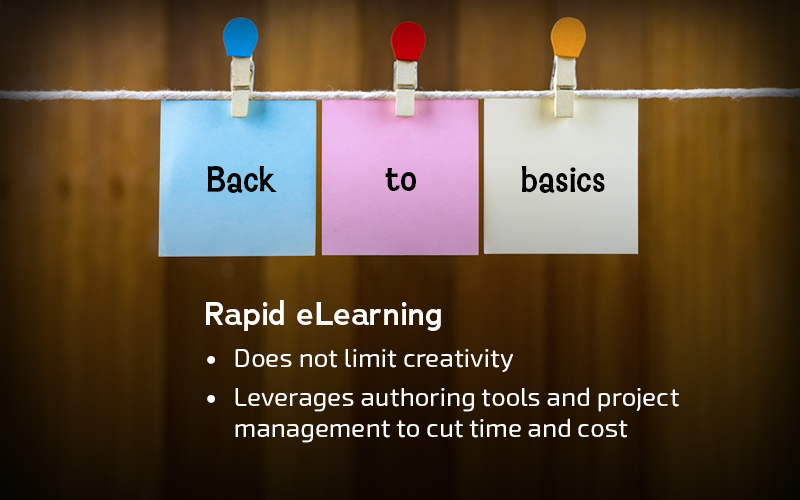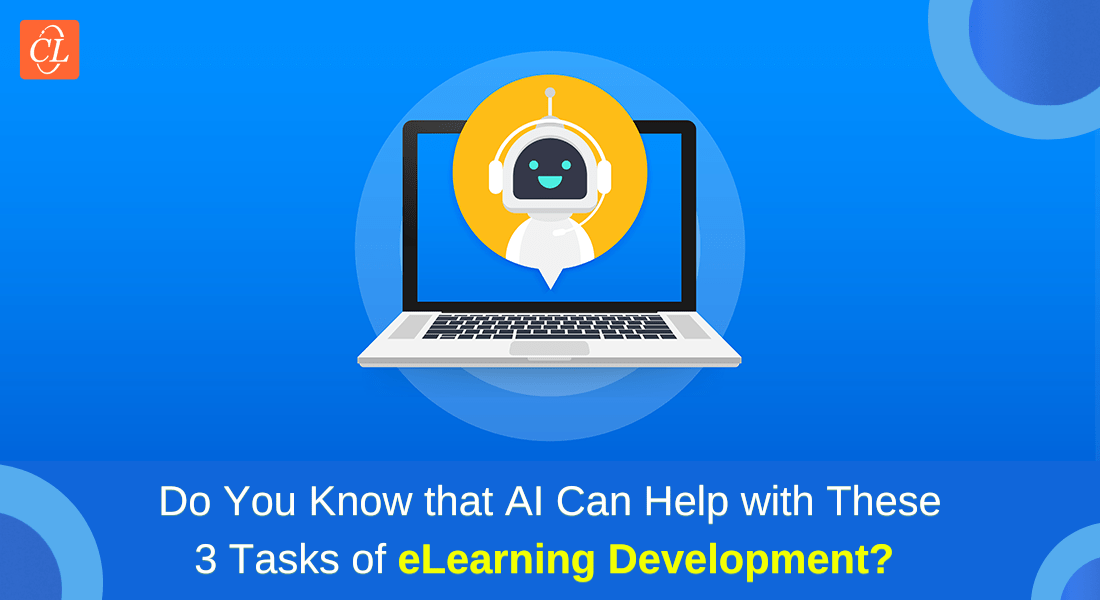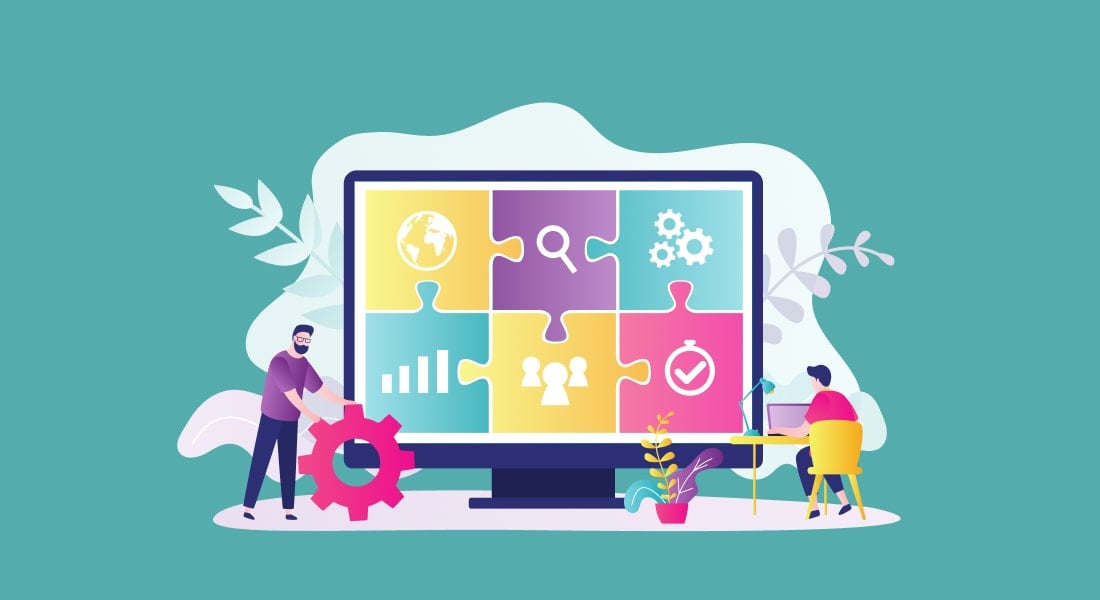Agile E-learning Development – An Overview

Analysis, Design, Development, Implementation, and Evaluation (ADDIE) – an e-learning development framework that had been the mainstay of the online training world for several years. This 5 stage online course development methodology helped produce many an effective course. However, the web-based learning development model has failed to meet the demands of changing times, as it is inflexible and has the following limitations:
- The ADDIE model requires technology-enabled learning design requirements to be defined upfront, which is not always possible.
- It is time consuming and expensive to accommodate changes in the e-learning course. This is because changes made in a phase affect the output of the previous phase(s). If changes need to be made to a fully developed course, you need to make changes to the output of the design phase i.e., the e-learning design document as well.
- Stakeholder involvement in the development of online courses is minimal. It advocates handing over the online course only after it is completely developed, and this could result in nasty surprises for the stakeholders.
It became clear that the ADDIE model could not meet the web-based learning development needs of the 21st century. And, the online training world soon found an answer, a philosophy borrowed from the software industry – agile e-learning development.
What is agile e-learning development?
True to its name, the agile online course development philosophy calls for flexibility and speed in the creation of web-based courses. This philosophy is based on two key principles.
1. Developing an e-learning product in iterations
E-learning development models based on the agile philosophy require web-based courses to be developed in iterations. New design ideas can be added during different iterations of the design phase. So, there is no need to define all requirements upfront. This feature also eliminates the need to re-start the development of the course from scratch to incorporate changes.
2. Active stakeholder involvement throughout the e-learning development process
The agile online course development philosophy advocates the active participation of stakeholders in every step of the development process. Stakeholders can monitor the development of the e-learning product at each stage, and this prevents surprises at the end and ensures that the stakeholders’ requirements are fully met.
We at CommLab India follow a methodology called Successive Approximation Model (SAM), which borrows the principles of the agile online course development methodology. The process of creating a web-based course begins with collecting requirements from stakeholders. Then, a meeting called SAVVY Start is held, where the stakeholders and the e-learning development team discuss the requirements, in detail.
After the SAVVY Start is completed, the e-learning development team creates a prototype of the course and sends it for the stakeholders’ review. The prototype mirrors the actual course (it contains all functional and technical elements of the online course). This gives the stakeholders a clear idea of how the course would look, when it is fully developed. The stakeholders may suggest changes if required, and these are incorporated in the prototype and submitted to the stakeholder for his approval. This cycle continues till the prototype is approved. Once the prototype is finalized, instructional designers develop the storyboard and send it for the stakeholders’ review and approval. Stakeholders may accept the storyboard or suggest changes to it. If changes are asked for, they are duly incorporated and sent for approval.
Once the storyboard is approved, e-learning developers use it to create the web-based course, without audio, and submit it for the stakeholders’ review. The alpha version of the course may be approved or the stakeholders may suggest changes. In case of the latter, the changes are incorporated and sent to the stakeholders for their approval. After securing their approval, audio is added to the course and sent to the stakeholders for a final review. And once the stakeholders approve, the course is uploaded on a learning management system for delivery to learners.
Agile e-learning development facilitates effective e-learning development by eliminating inflexibility and ensuring active stakeholder participation, in the online course development process. So, are you ready to adopt it? We’d love to know.





